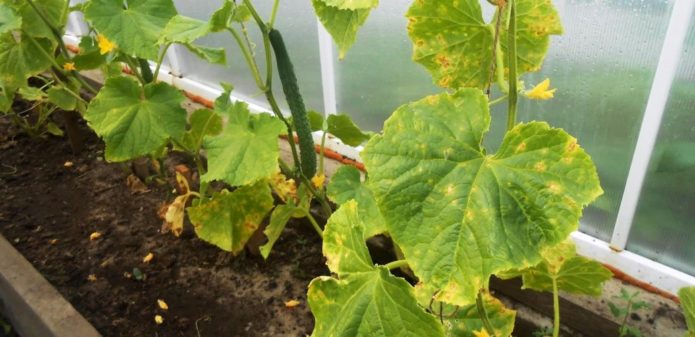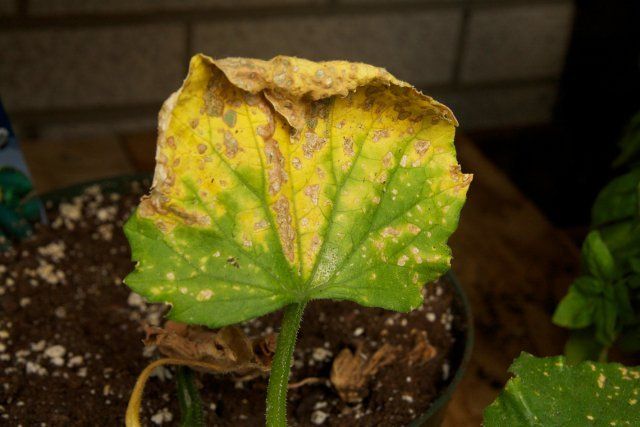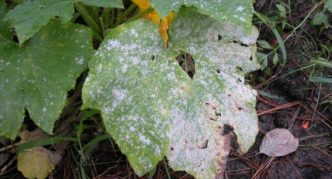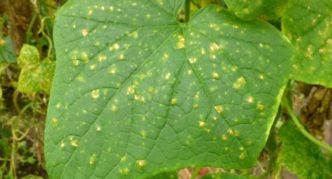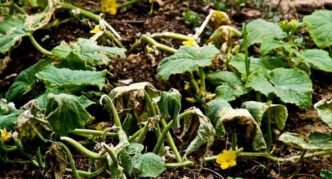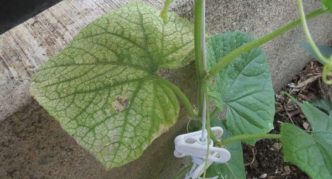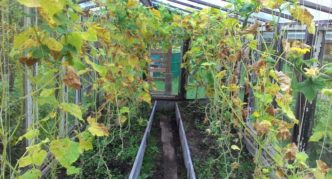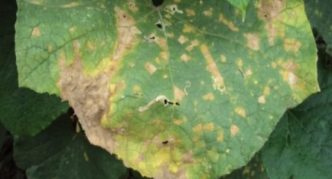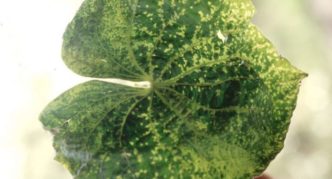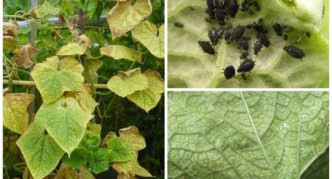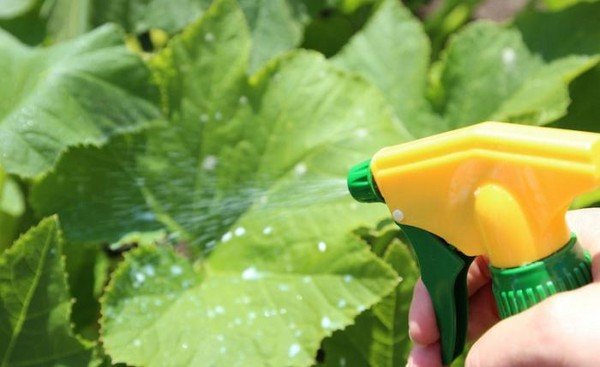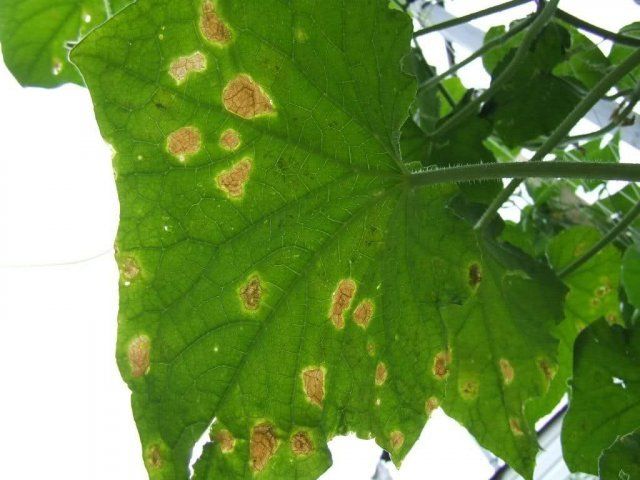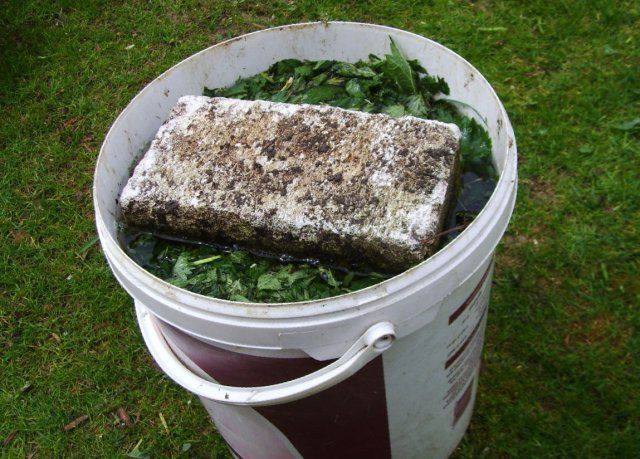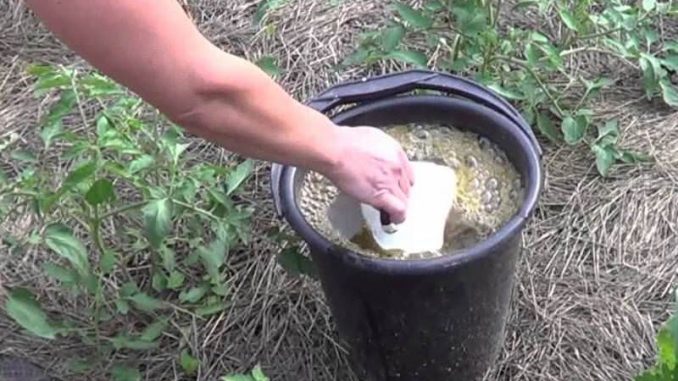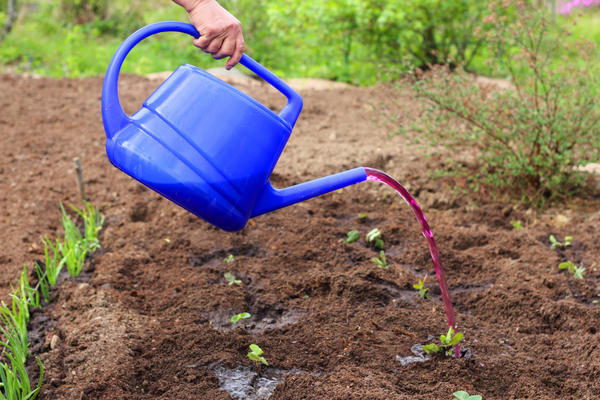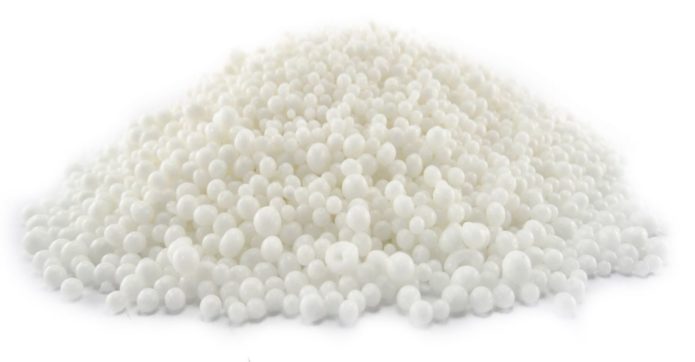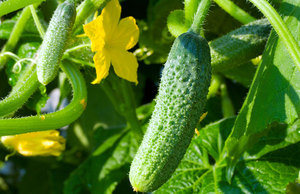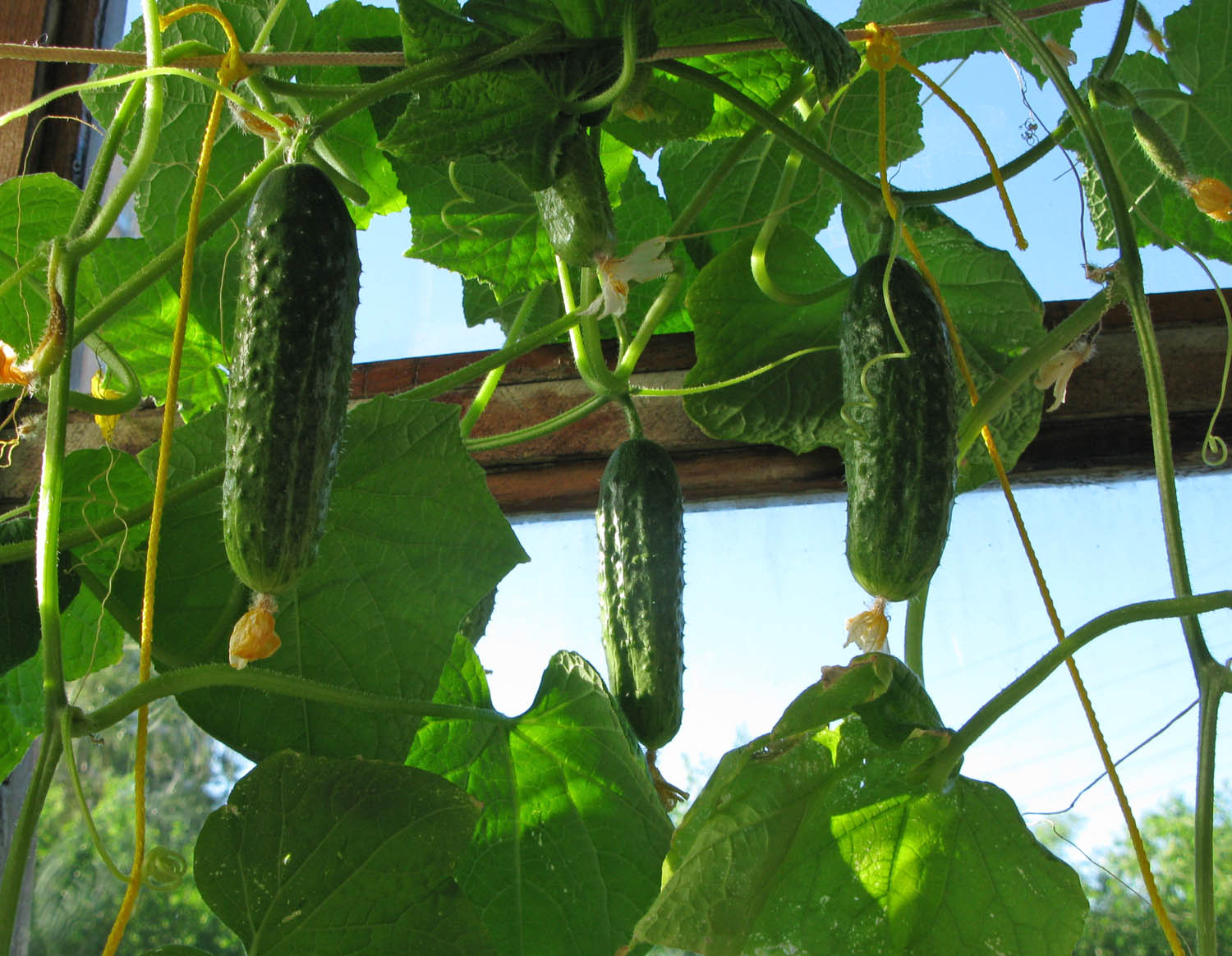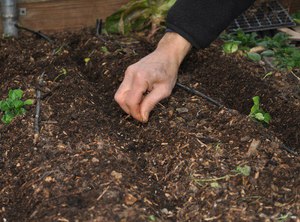Many young summer residents often do not know the reasons why cucumber leaves suddenly begin to turn yellow. Meanwhile, there can be many reasons for this - from violation of agricultural technology and growing conditions to serious diseases. Before taking any measures, you should more accurately understand the reasons so as not to harm the young plantings even more.
Why do cucumber leaves turn yellow
Cucumber leaves can turn yellow for several reasons:
- improper watering - excessive or rare;
- lack of nutrients - during the growing season, cucumbers need nitrogen;
- low temperature - hypothermia of the culture;
- sunburn - when watering during the day, drops of water hit the leaves or plants in the greenhouse touch the glass;
- diseases - the most common are fusarium and powdery mildew;
- damage to the roots - if they are affected by pests or injured during transplantation.
When, simultaneously with yellowness, the foliage begins to curl, then along with the listed problems, low air humidity is possible. Then the leaves are curled due to the reduction of the evaporation area.
The yellowness on the leaves can be solid, show through in spots or along the edges. In the latter case, potassium deficiency is possible.
More often they turn yellow, dry and take out low-lying leaves and ovaries. If this happens at the end of the season, then the phenomenon is natural - old leaves tend to die off. And when this is observed throughout the entire period of growth of the culture, then, most likely, the plant is affected by pests or some kind of fungal disease. Another reason is a lack of light (when the lashes are overgrown with foliage).
If the heat is abruptly replaced by torrential rains, then there is a high probability of fungus on the cucumbers. Optimum temperature for growing crops: during the day - 22-26 aboutC, at night - 18–20 aboutFROM.
Photo: why the leaves of cucumbers change color - diseases, pests and care errors
- Fusarium fungus causes plant death
- Bacteriosis develops in high humidity
- With root rot, yellowing of the lower foliage occurs first, then the rest
- Lack of nutrients affects the color of the leaves
- Whitefly feeds on plant sap
- In the fall, the lashes turn yellow and die off - this is natural
- If the irrigation regime is violated, burns appear on the leaf plates
- The leaves are covered with a yellow speck due to the tobacco mosaic virus
- When damaged by a spider mite, the leaves turn yellow, inside and are covered with cobwebs
Table: what to do when the leaves turn yellow, depending on the situation
| Place of growth | Measures |
| In the open field |
|
| In the greenhouse |
|
| Seedlings on the windowsill | In addition to these activities, you can take the following:
|
When plantings are damaged by aphids, treatment with nitroammophos (120 g per 10 liters of water) helps. If a spider mite has settled in cucumbers, colloidal sulfur is used (90 g per 10 l of water). Bordeaux liquid saves from fungal pathologies. You can use chemicals:
- Quadris,
- Tiovit Jet,
- Topaz.
It is worth talking about feeding cucumbers separately. Here are some effective options:
- Infusion of herbs. It is used in combination with ash, which is poured into the holes (by handful). The infusion is prepared from milk (1 L), soap shavings (25 g), iodine (27 drops) and water (10 L). This solution is used to irrigate the plantings once a decade until complete recovery.
- Yeast feeding. In the evening, bread (1 loaf) is soaked in water (10 l), and in the morning it is kneaded. Then add 1 standard bottle of iodine. The resulting product is diluted with water in a ratio of 1:10. Landings are processed every two weeks. And in the fall, cucumber plantings are watered with a solution of soda (40 g per 10 liters of water).
- Onion infusion. A liter jar of husk is poured into a volumetric container and water is poured (10 l). Placed on the stove and remove after boiling. Cover the liquid with something and leave for up to 12 hours. Then the liquid is filtered and diluted with water in a ratio of 1: 5. Cucumber foliage is sprayed, and the plant is watered with the rest.
- Potassium permanganate solution (potassium permanganate). It is used for the defeat of cucumbers with a black leg. They are treated with soil.
- Urea (foliar application) and rotted hay (root dressing). This promotes rejuvenation of old cucumber leaves. Urea, in the amount of 45-50 g, is diluted in 10 liters of water. Fresh hay must first be soaked in water in water for 2 days. The plant is watered with this infusion every 5 days for three weeks.
To feed cucumber lashes, you can combine the following ingredients:
- ammonium nitrate (10 g);
- superphosphate (12 g);
- potassium salt (15 g).
Stir and dilute with water (10 L). This solution is only suitable for watering, as it causes burns on greens.
With a slight yellowness of the leaves, you can use this tool: mix 2 liters of whey or kefir and dilute with 10 liters of water, add 150 g of granulated sugar. This speeds up fruit setting.
Video: causes of yellowness on leaf plates and recommended measures
Healthy cucumber lashes should be deep green and the slightest yellowness should serve as an alarm signal. Corrective measures should be taken urgently to avoid losing crops. Usually, it is enough to correct mistakes in care and make appropriate feeding. In rare cases, chemical treatment is required.
